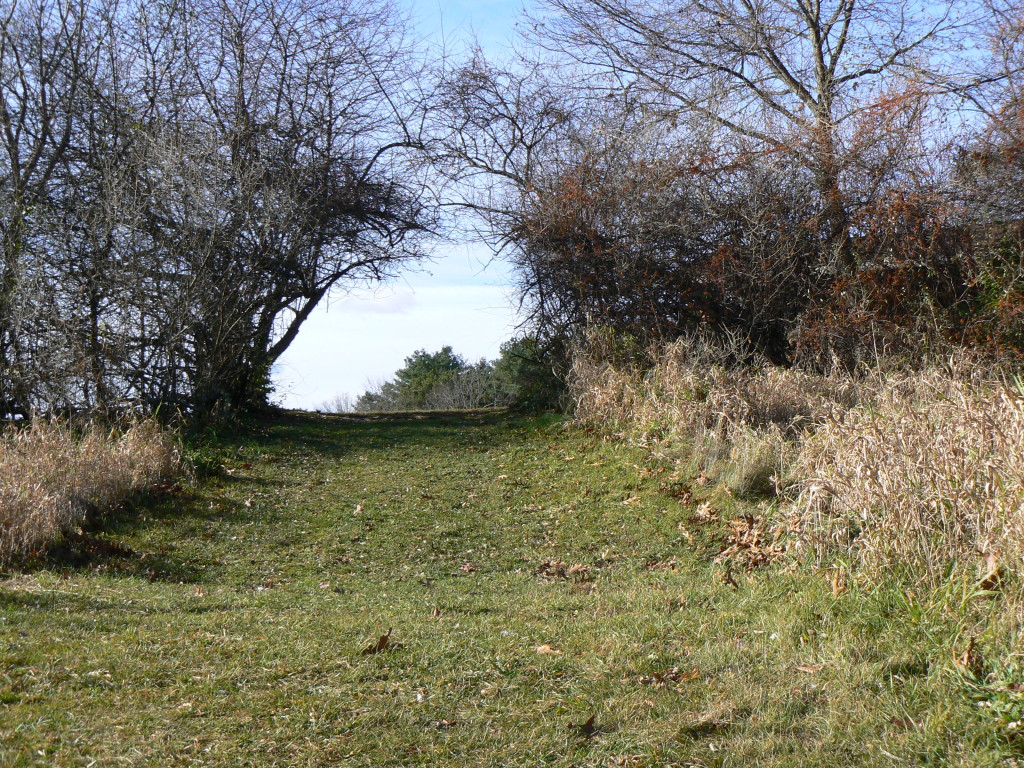We’re excited to announce the start of construction of the Environmental Learning Center (ELC), the 3,700-square-foot building that will serve as the home base for all of Drumlin Farm’s environmental education programming.
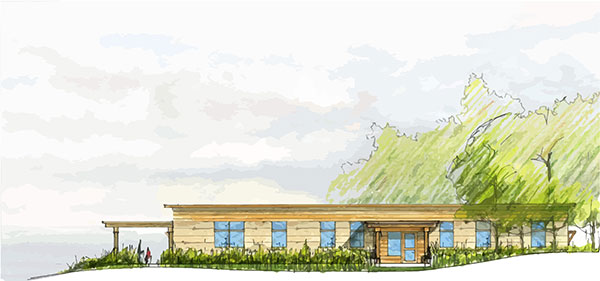
The ELC will enable Drumlin Farm’s team of 100+ environmental educators to be even more effective and creative in connecting people of all ages with nature, inspiring curiosity, passion, and action. It will provide essential work space for staff and serve as a place to welcome and interact with program participants, teachers, and parents.
Thoughtfully designed to foster collaboration, catalyze innovative ideas, and support efficient administration of our educational programs, this net-zero energy facility will be a model of energy-saving features and green building design. For example, The installation of a major rooftop solar array to fully power the building will also offset power consumption of other Drumlin Farm buildings.
Construction began this month, with the building expected to be ready by May 2018. We are thankful to the many strong Mass Audubon supporters who have made this $2.5 million project possible.
Although we are beginning construction now in order to be ready for our camp season next summer, we still need contributions to complete fundraising for the project. A generous donor is currently matching new donations with $2 for every dollar donated, so please make a gift today. Every dollar counts!


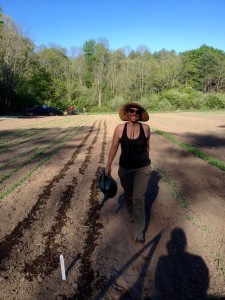
 That’s because this is one of the two busiest periods of our growing season. Early June is the rush to get all the warm-weather crops planted: tomatoes, eggplant, peppers, melons, winter squash, pumpkins, and sweet potatoes. At the same time we need to keep planting our regular successions of lettuce, basil, broccoli, scallions, cabbage, cauliflower, beets, carrots, spinach and greens. We also need to keep all these crops weeded and now, watered. A good soaking rain would save us so many labor hours!
That’s because this is one of the two busiest periods of our growing season. Early June is the rush to get all the warm-weather crops planted: tomatoes, eggplant, peppers, melons, winter squash, pumpkins, and sweet potatoes. At the same time we need to keep planting our regular successions of lettuce, basil, broccoli, scallions, cabbage, cauliflower, beets, carrots, spinach and greens. We also need to keep all these crops weeded and now, watered. A good soaking rain would save us so many labor hours!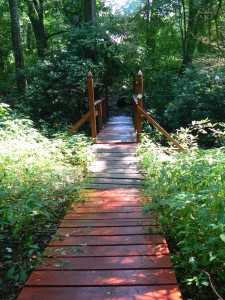 I’m addicted to Drumlin Farm! If I’m not climbing up to the Drumlin, checking out the progress of the crops, or visiting Midnight the pony every few days, I start to feel forlorn. I started my addiction as a volunteer at Wildlife Care, cleaning enclosures and feeding the raptors on Bird Hill. That wasn’t enough, so I became a Teacher/Naturalist as well, and have been shepherding children through the farmyard and around the forest trails for the past 5 years. I’m always happy at the farm. I’m also a clinical social worker, and have counseled people in my therapy office for more than 20 years. I always wished I could find a way to bridge my indoor and outdoor worlds.
I’m addicted to Drumlin Farm! If I’m not climbing up to the Drumlin, checking out the progress of the crops, or visiting Midnight the pony every few days, I start to feel forlorn. I started my addiction as a volunteer at Wildlife Care, cleaning enclosures and feeding the raptors on Bird Hill. That wasn’t enough, so I became a Teacher/Naturalist as well, and have been shepherding children through the farmyard and around the forest trails for the past 5 years. I’m always happy at the farm. I’m also a clinical social worker, and have counseled people in my therapy office for more than 20 years. I always wished I could find a way to bridge my indoor and outdoor worlds.
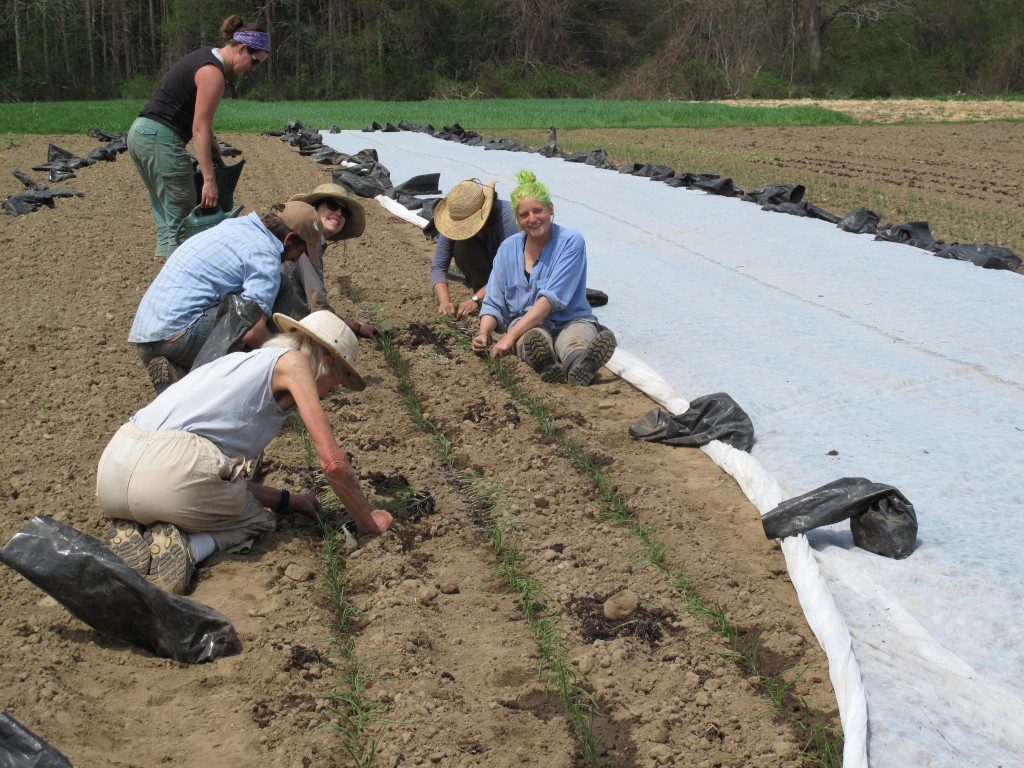
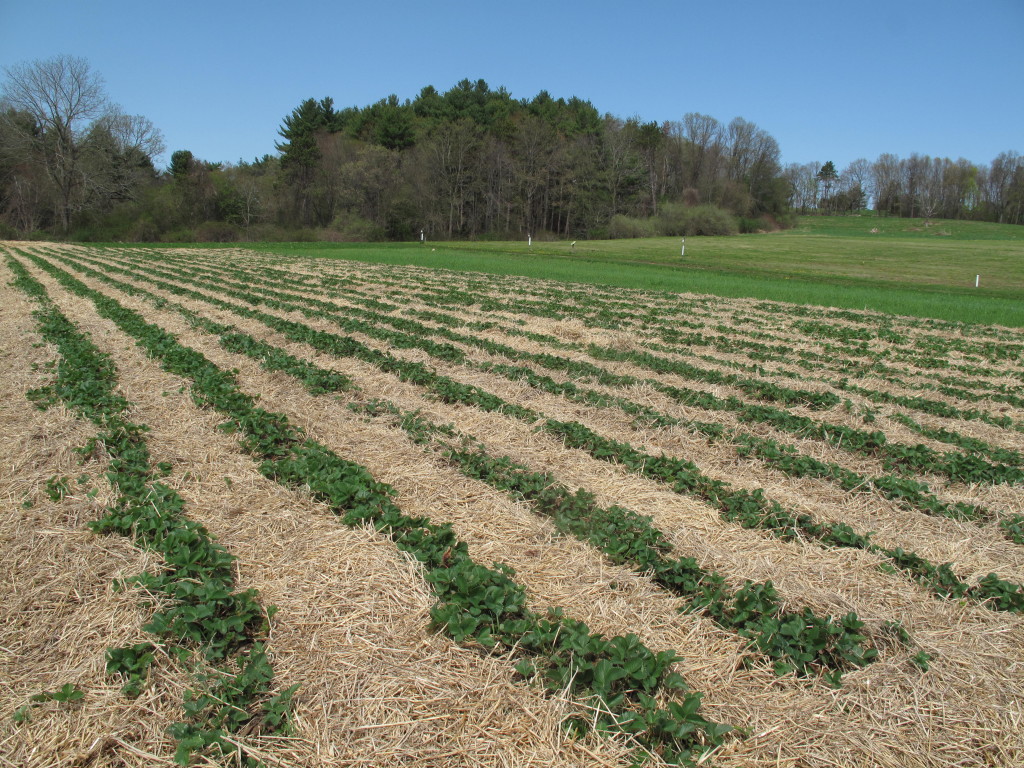


 Warre hives a wooden bar at the top of the super instead of hanging frames. The bar allows bees to build their own comb structure from the top down, which emulates their natural process. Additional supers are added to the bottom rather than the top, so bees are undisturbed when the beekeeper needs to add more space to the hive.
Warre hives a wooden bar at the top of the super instead of hanging frames. The bar allows bees to build their own comb structure from the top down, which emulates their natural process. Additional supers are added to the bottom rather than the top, so bees are undisturbed when the beekeeper needs to add more space to the hive.

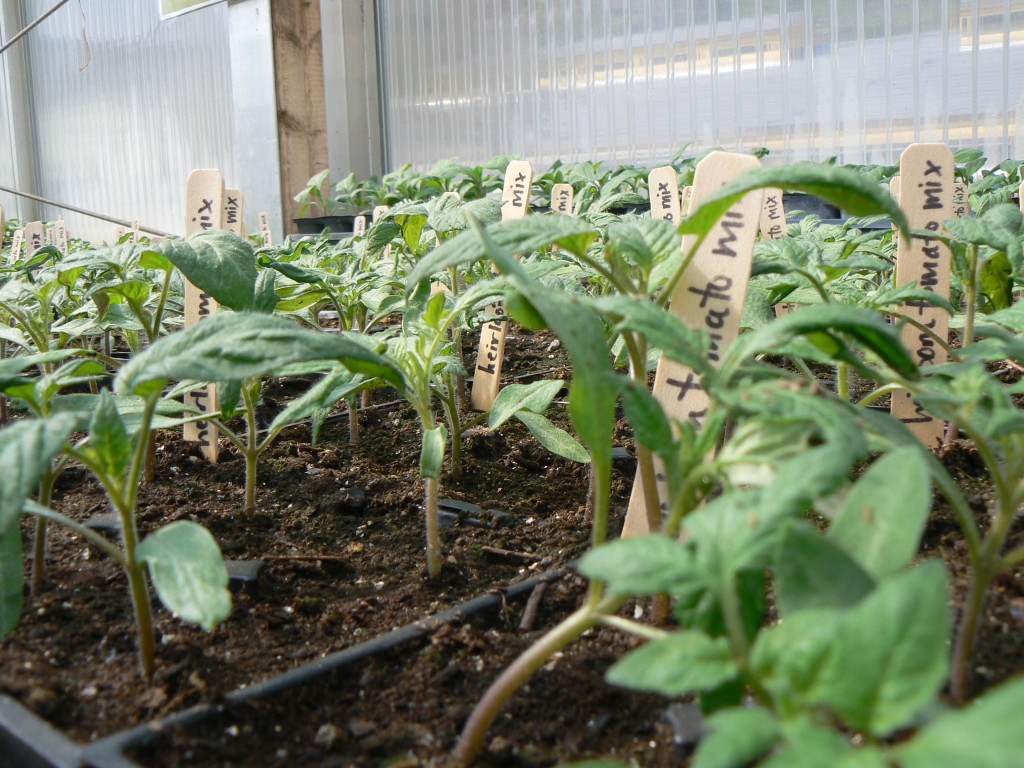
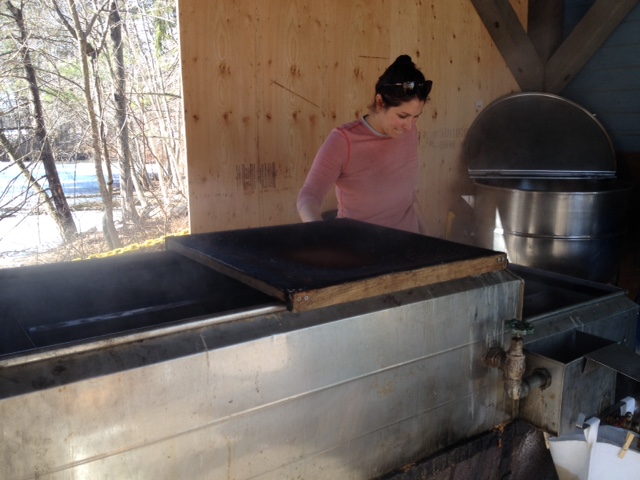
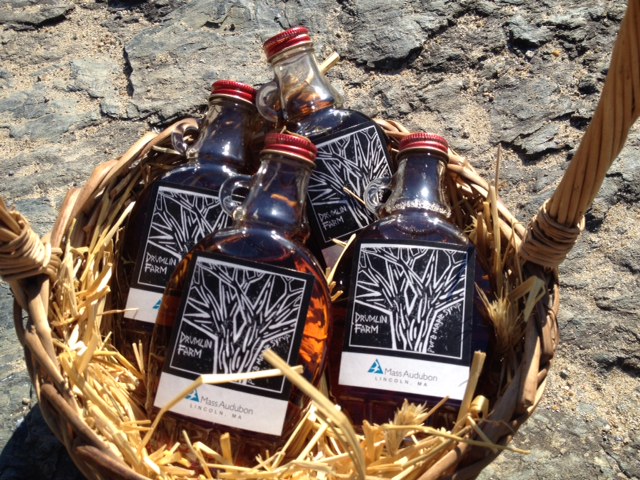
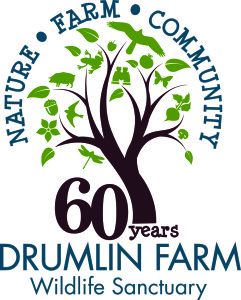 Sixty years ago, Louise Hatheway donated her farm to Mass Audubon so that families could continue to visit a working farm and learn about where food comes from and how farms contribute to the larger Massachusetts ecosystem. Since then Drumlin Farm has carried on Mrs. Hatheway’s vision, connecting thousands of visitors to farm and nature every year.
Sixty years ago, Louise Hatheway donated her farm to Mass Audubon so that families could continue to visit a working farm and learn about where food comes from and how farms contribute to the larger Massachusetts ecosystem. Since then Drumlin Farm has carried on Mrs. Hatheway’s vision, connecting thousands of visitors to farm and nature every year.
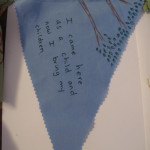




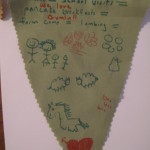

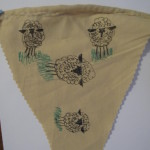
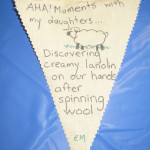


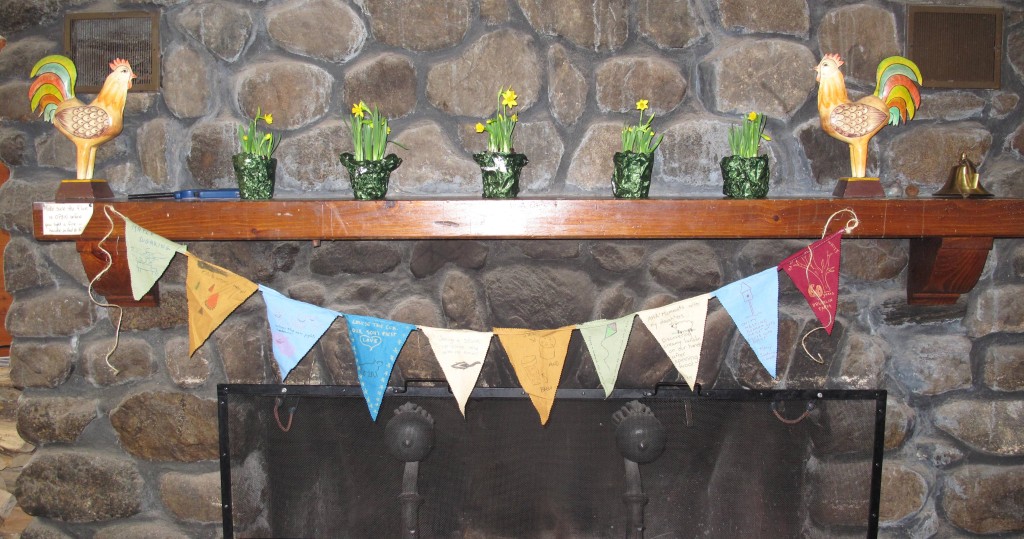
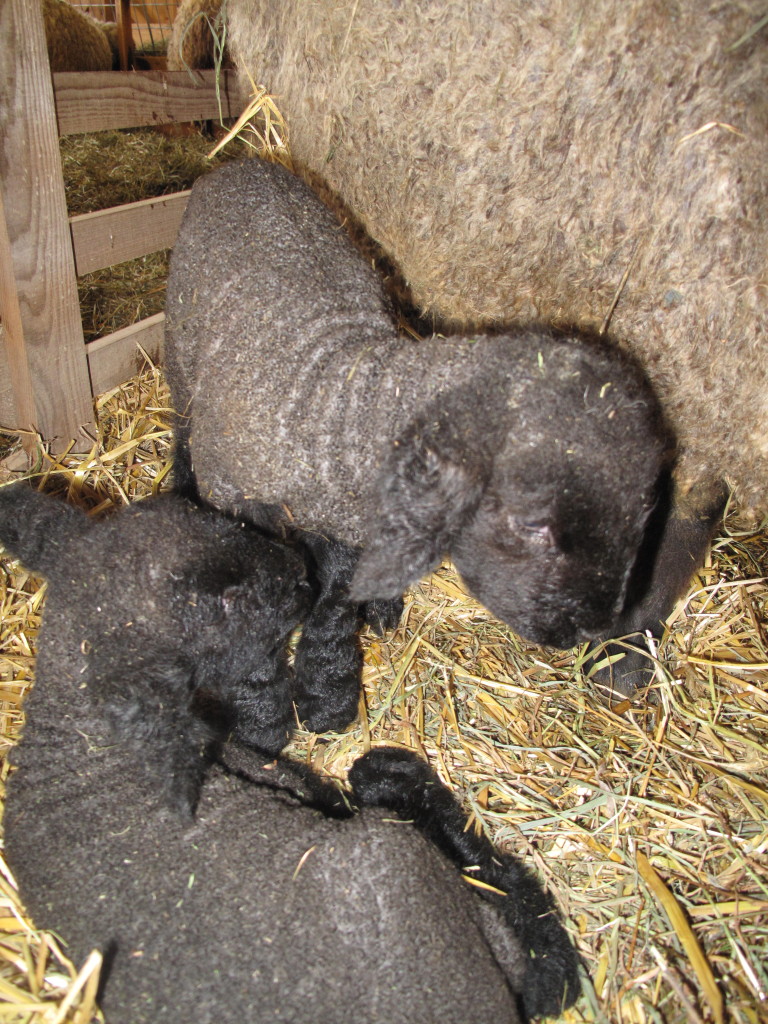
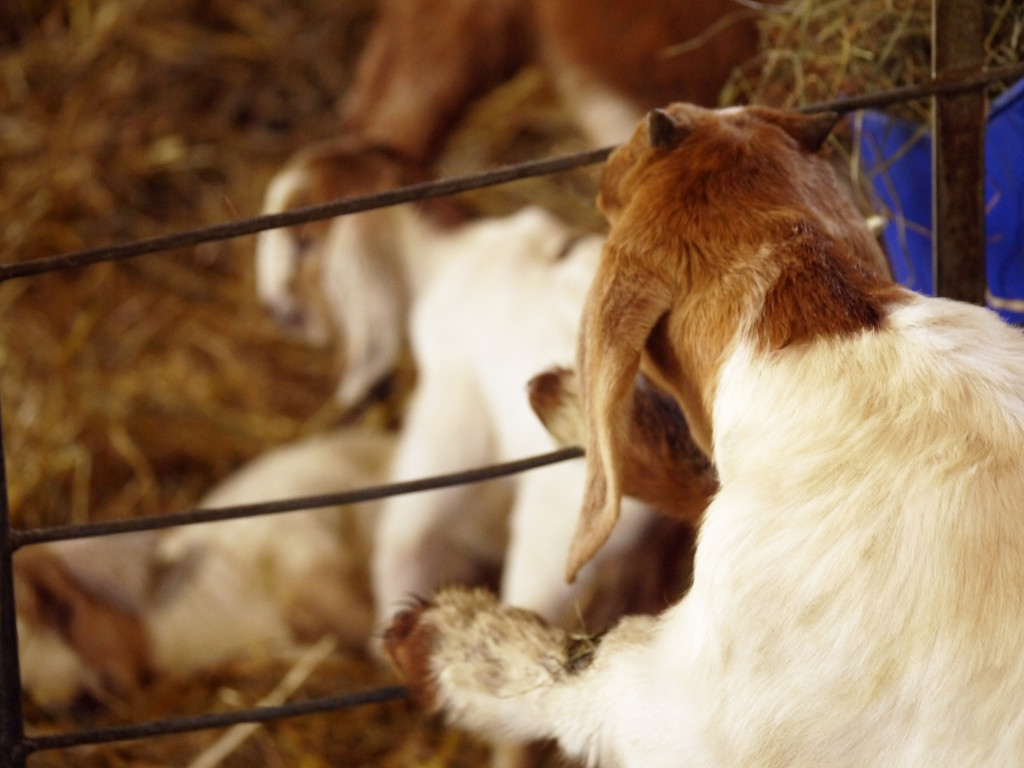
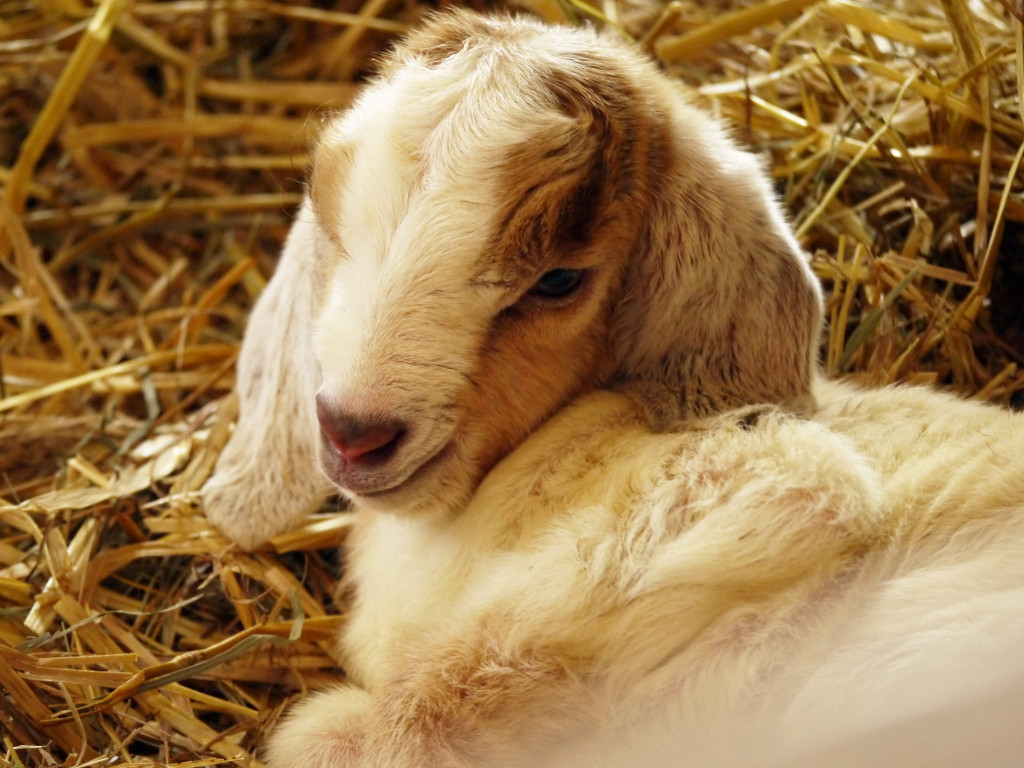
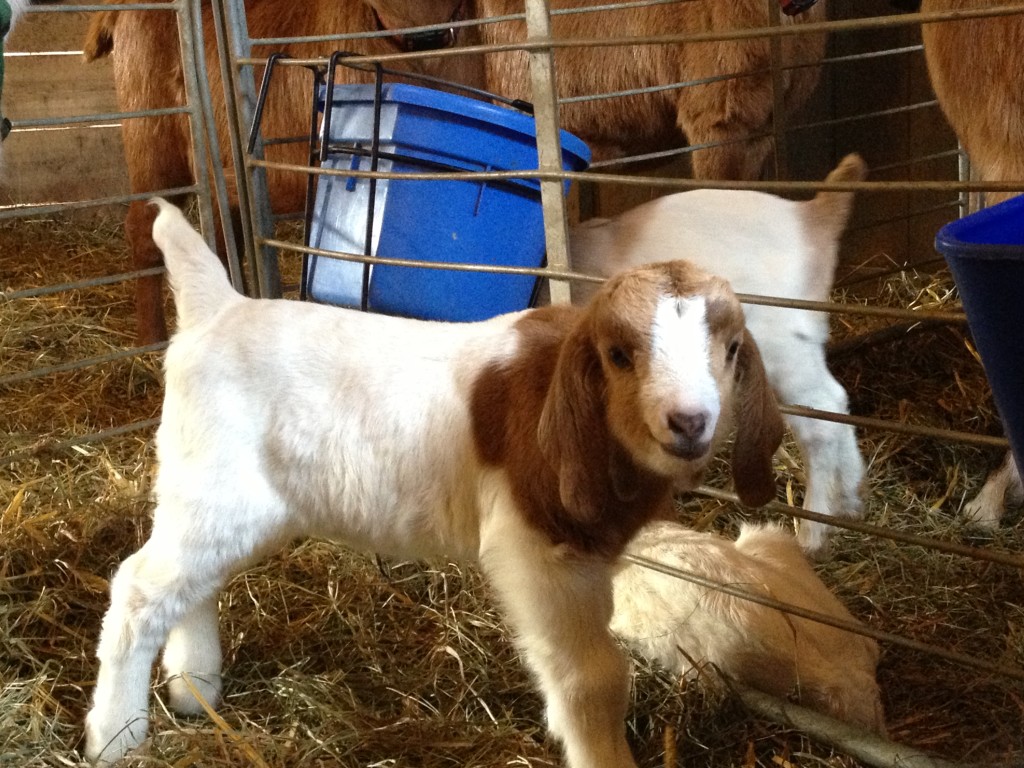 March and April are prime time for cute baby animals at Drumlin Farm. We’ve already welcomed three adorable kids—the goat kind—to the farmyard, and we can’t wait to welcome the lambs when they arrive. Stroll through the Crossroads Barn and Sheep & Goat Barn to see our newest additions. Bring your cameras with you, because these little ones are too cute to resist!
March and April are prime time for cute baby animals at Drumlin Farm. We’ve already welcomed three adorable kids—the goat kind—to the farmyard, and we can’t wait to welcome the lambs when they arrive. Stroll through the Crossroads Barn and Sheep & Goat Barn to see our newest additions. Bring your cameras with you, because these little ones are too cute to resist! Seedlings are already sprouting in our Greenhouse, waiting to be planted in Boyce field. The excess snow melt will help with irrigation as we transfer lettuce, leeks, onions, and other seedlings into the ground to kick off the harvest season. Be sure to stop by our Farmstand or
Seedlings are already sprouting in our Greenhouse, waiting to be planted in Boyce field. The excess snow melt will help with irrigation as we transfer lettuce, leeks, onions, and other seedlings into the ground to kick off the harvest season. Be sure to stop by our Farmstand or 
